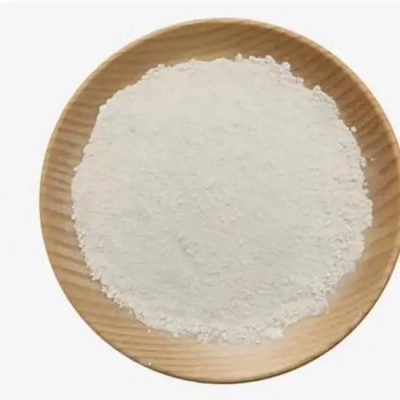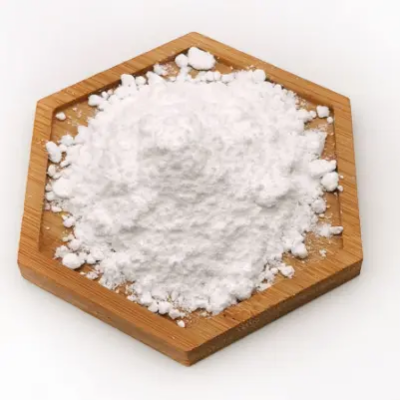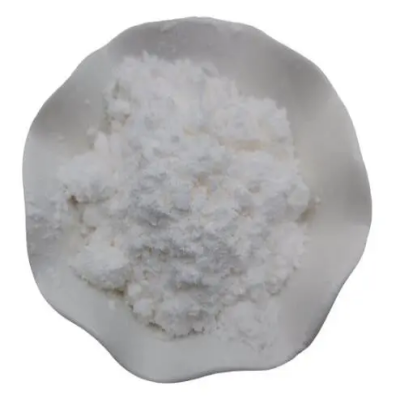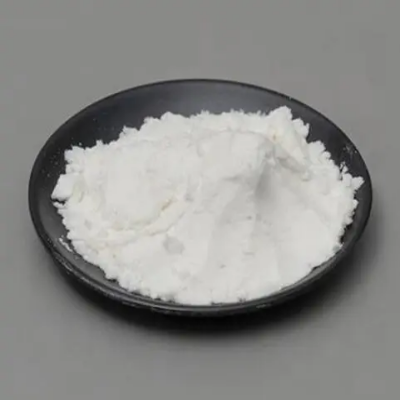Palladium,[1,3-bis[2,6-bis(1-methylethyl)phenyl]-1,3-dihydro-2H-imidazol-2-ylidene]chloro[(1,2,3-h)-(2E)-3-phenyl-2-propen-1-yl]-,stereoisomer CAS:884879-23-6
In terms of its potential applications: Catalysis: Palladium complexes with N-heterocyclic carbene (NHC) ligands, such as the one you've described, are widely used as catalysts in various organic transformations. They are particularly valuable in cross-coupling reactions, such as the Suzuki-Miyaura coupling, Heck reaction, and Sonogashira coupling, where they facilitate the formation of carbon-carbon and carbon-heteroatom bonds. These reactions are essential in the synthesis of pharmaceuticals, agrochemicals, and advanced materials. Materials Science: Complexes of this nature are utilized in the preparation of advanced materials, including functional polymers, liquid crystals, and nanomaterials. Their role in the synthesis of coordination polymers and organic-inorganic hybrid materials contributes to the development of materials with tailored properties and applications in fields such as electronics, optics, and catalysis. Industrial Processes: Palladium complexes with NHC ligands are employed in various industrial processes, including the production of fine chemicals, specialty reagents, and pharmaceutical intermediates. Their catalytic properties enable the efficient and sustainable synthesis of complex organic molecules, contributing to the advancement of chemical manufacturing and the pharmaceutical industry. Research and Development: Compounds of this nature are a subject of fundamental research in the fields of inorganic chemistry, organometallic chemistry, and catalysis. Their reactivity, coordination chemistry, and behavior in various chemical environments provide valuable insights for scientists and researchers, contributing to the advancement of knowledge in the field of chemistry and materials science. In summary, palladium complexes with NHC ligands have diverse applications in catalysis, materials science, industrial processes, and fundamental research. Their unique properties and catalytic activity make them valuable components in the development of advanced materials, catalysts, and chemical processes in the field of chemistry and materials science.



| Composition | NeolystCX31 |
| Assay | 99% |
| Appearance | White power |
| CAS No. | 884879-23-6 |
| Packing | Small and bulk |
| Shelf Life | 2 years |
| Storage | Store in cool and dry area |
| Certification | ISO. |


![Palladium,[1,3-bis[2,6-bis(1-methylethyl)phenyl]-1,3-dihydro-2H-imidazol-2-ylidene]chloro[(1,2,3-h)-(2E)-3-phenyl-2-propen-1-yl]-,stereoisomer CAS:884879-23-6 Featured Image](https://cdn.globalso.com/xindaobiotech/7U5I8_65_I639IE__W0S1.png)
![Palladium,[1,3-bis[2,6-bis(1-methylethyl)phenyl]-1,3-dihydro-2H-imidazol-2-ylidene]chloro[(1,2,3-h)-(2E)-3-phenyl-2-propen-1-yl]-,stereoisomer CAS:884879-23-6](https://cdn.globalso.com/xindaobiotech/7U5I8_65_I639IE__W0S1-300x300.png)





